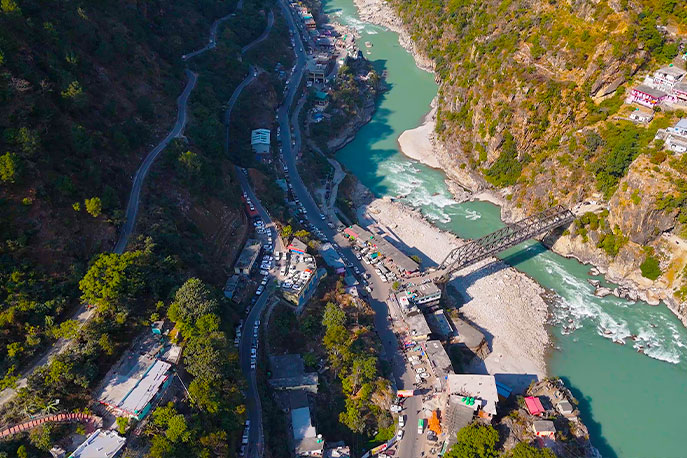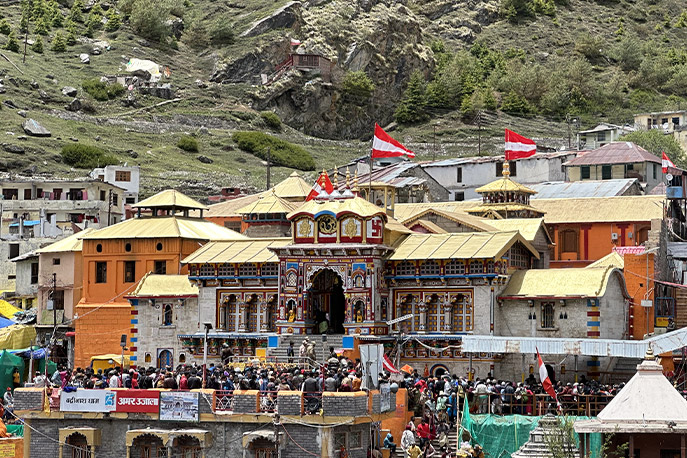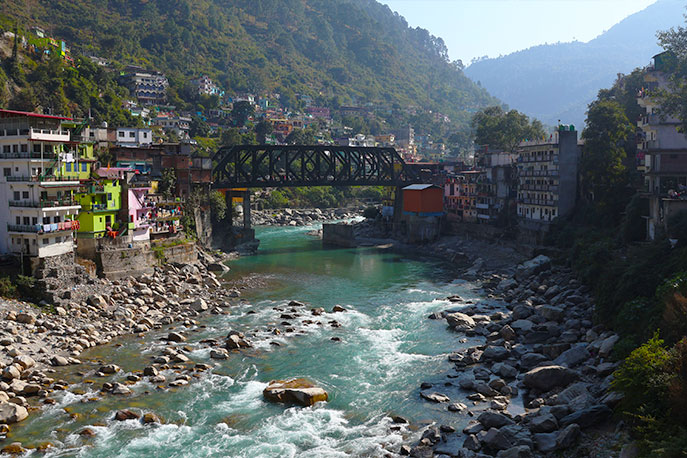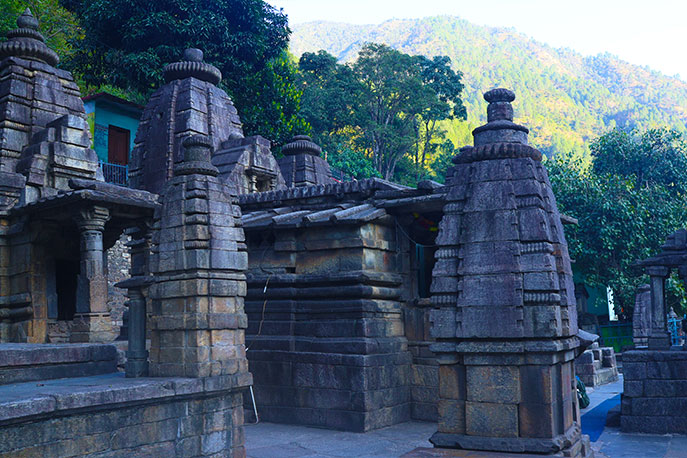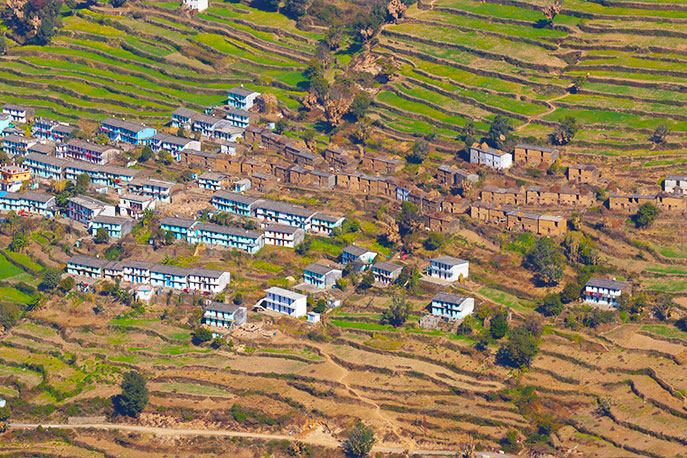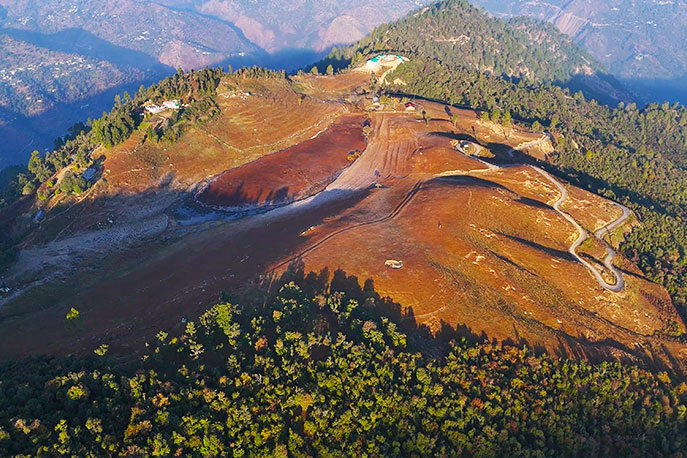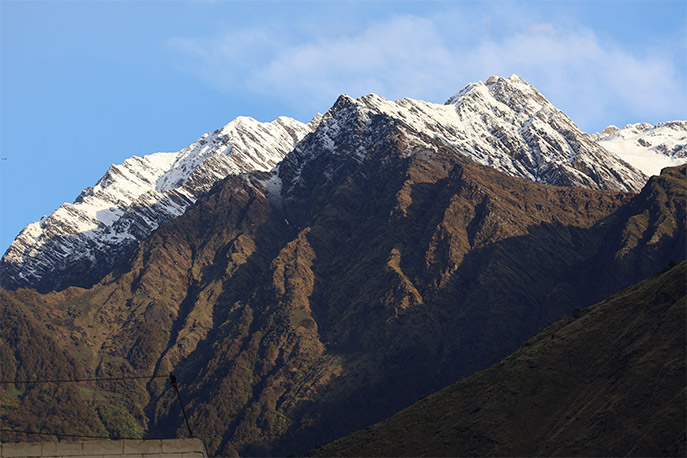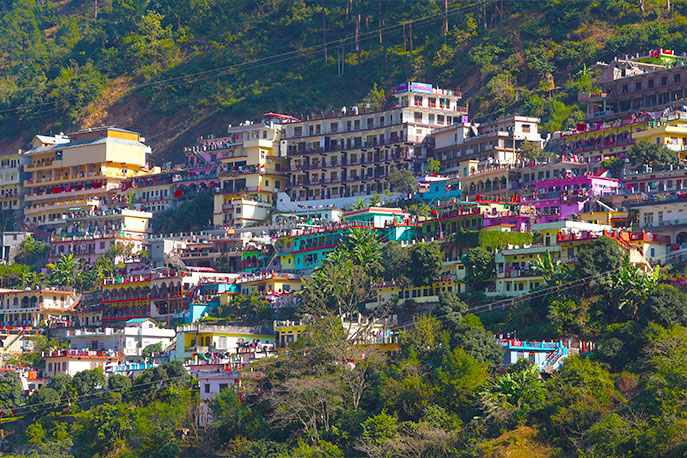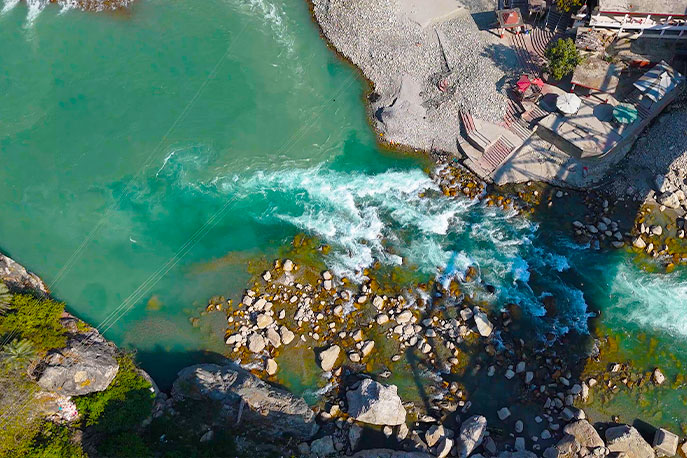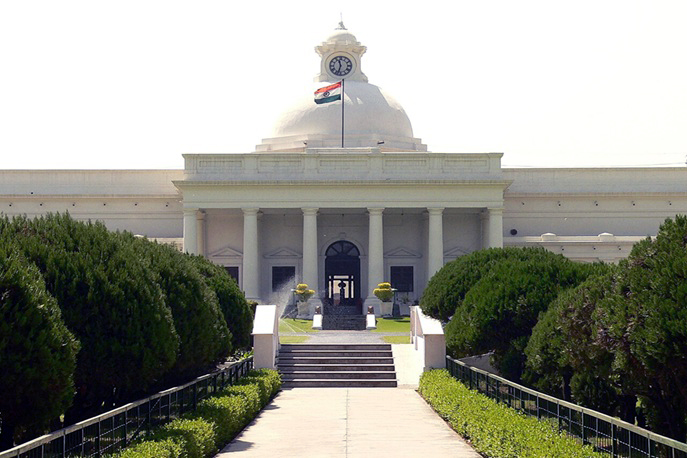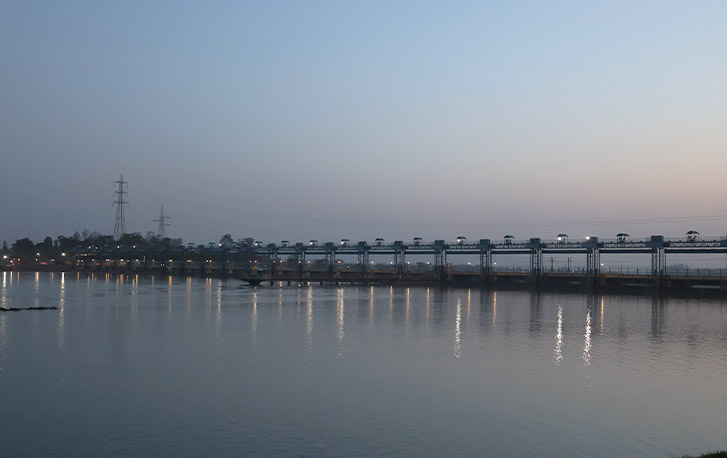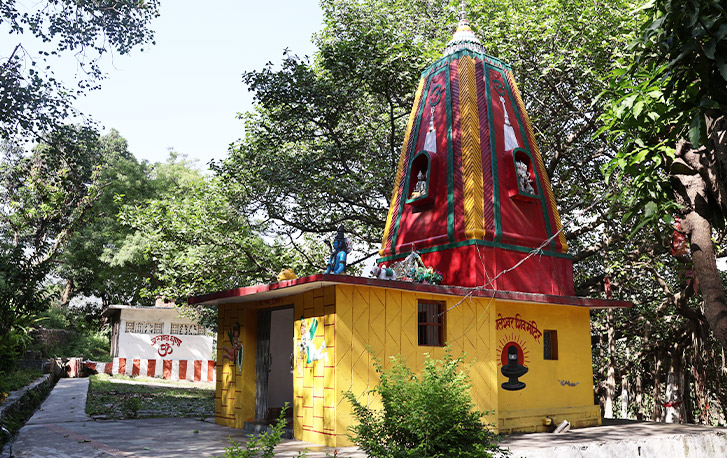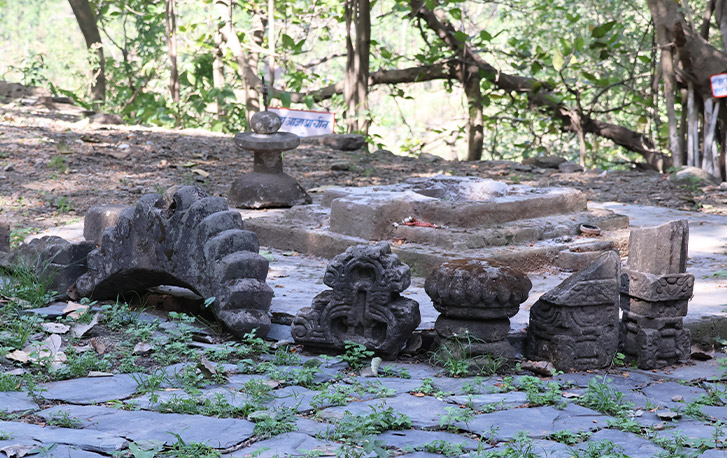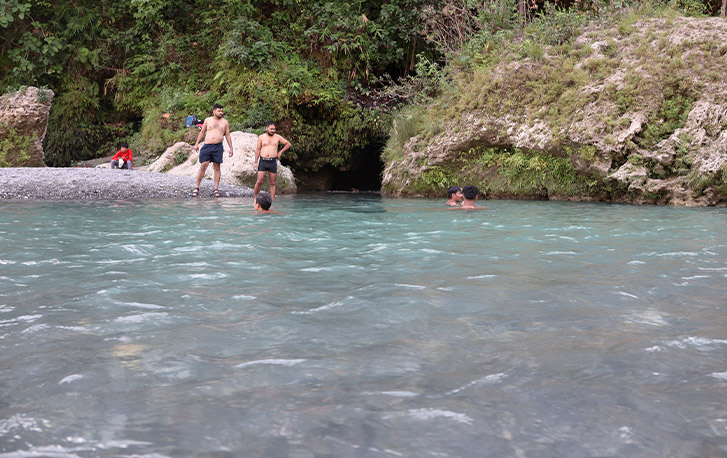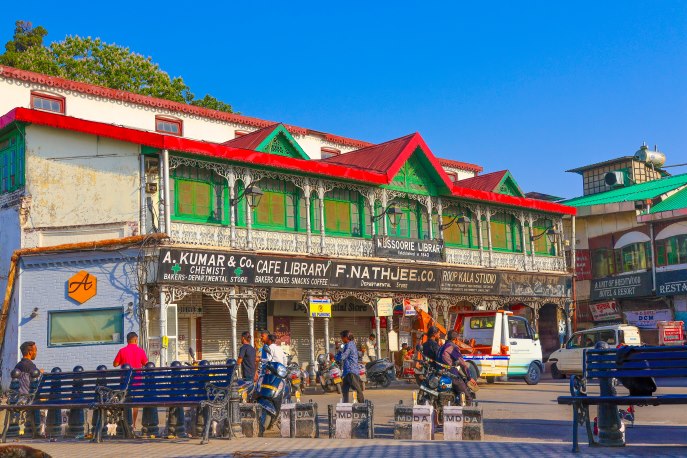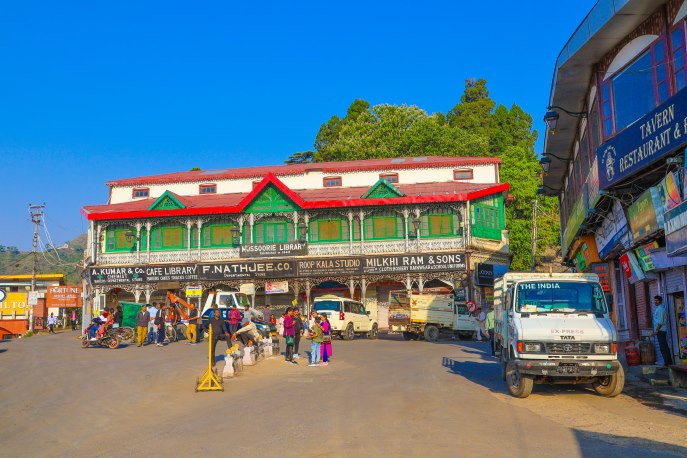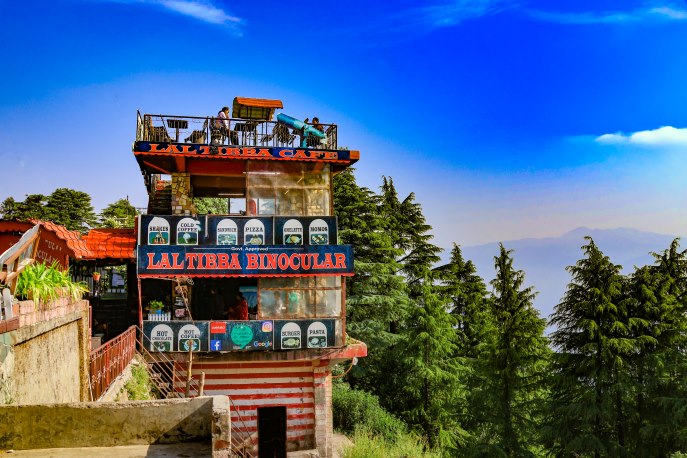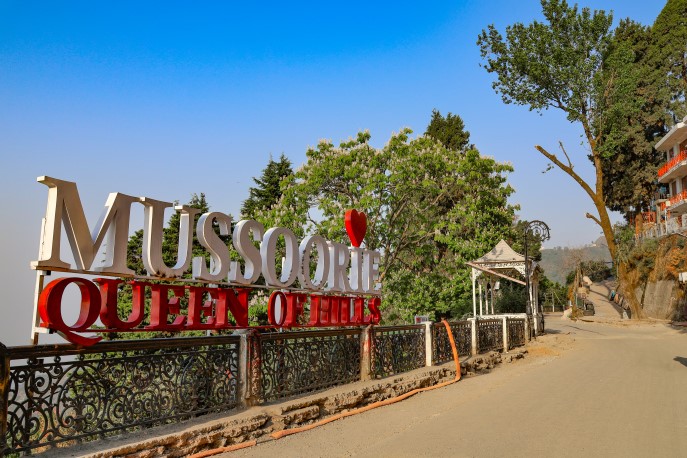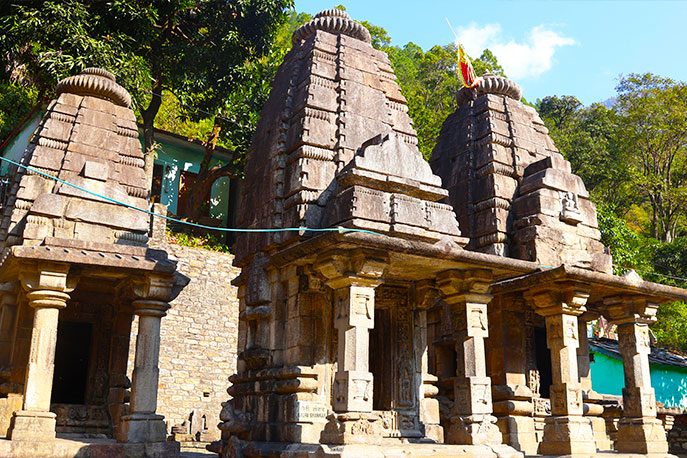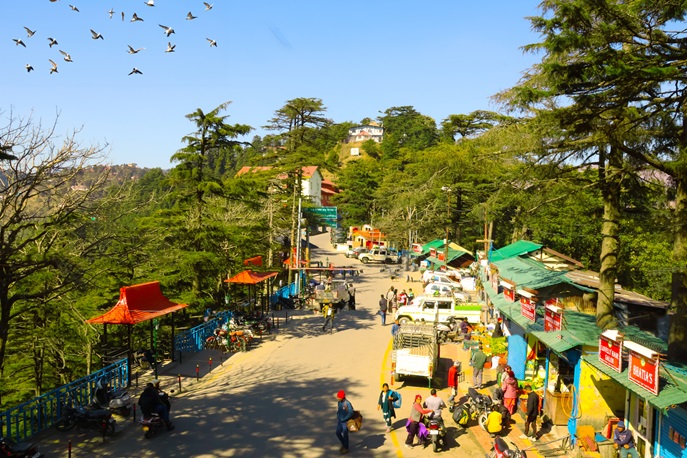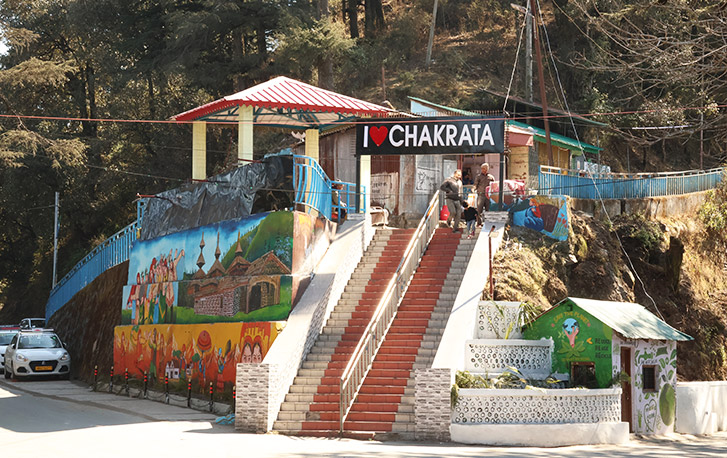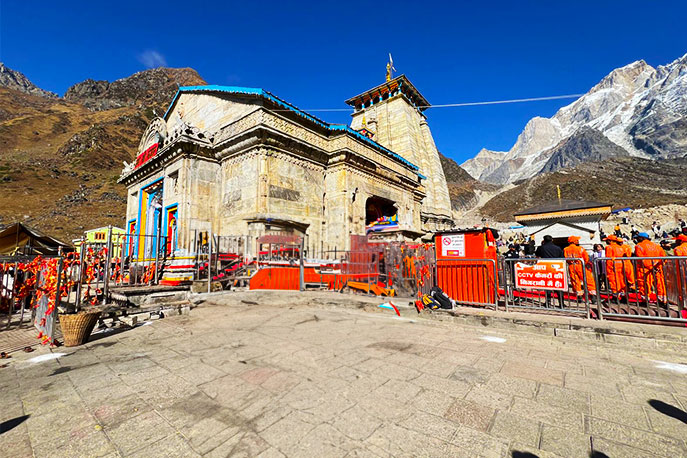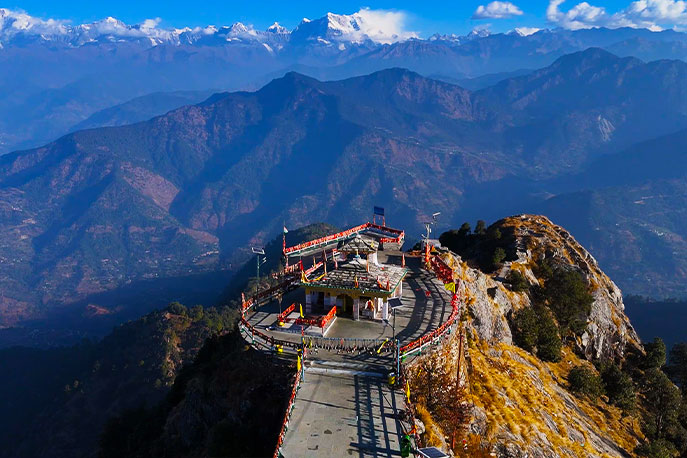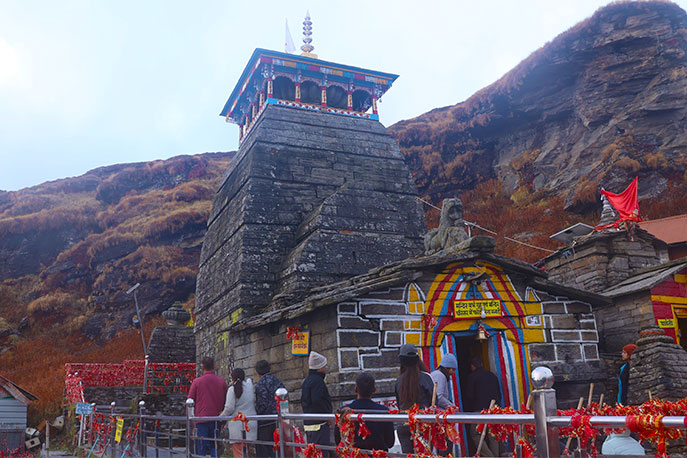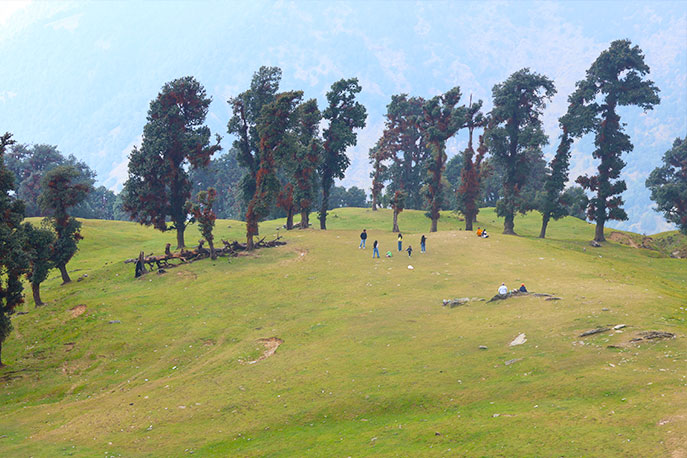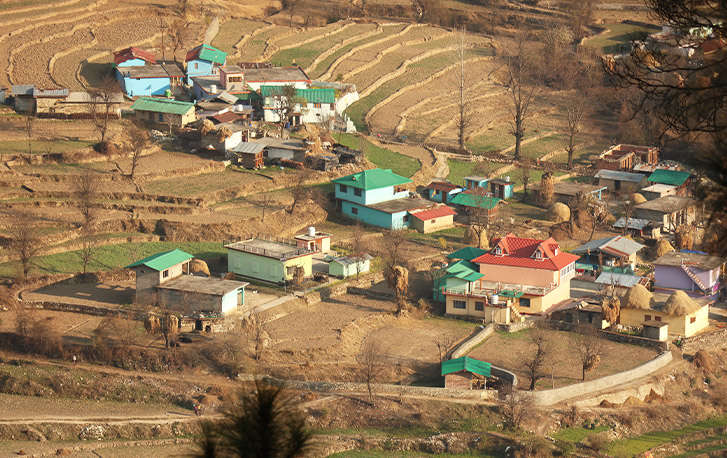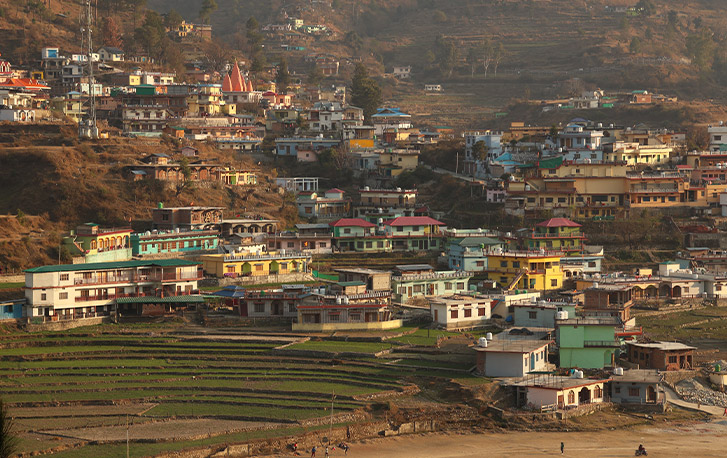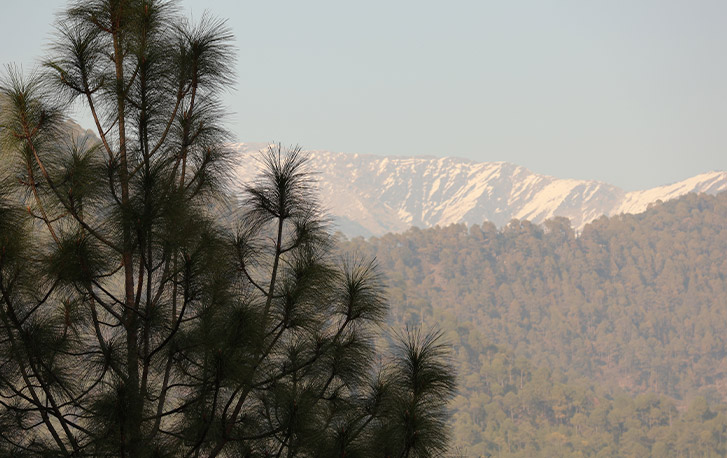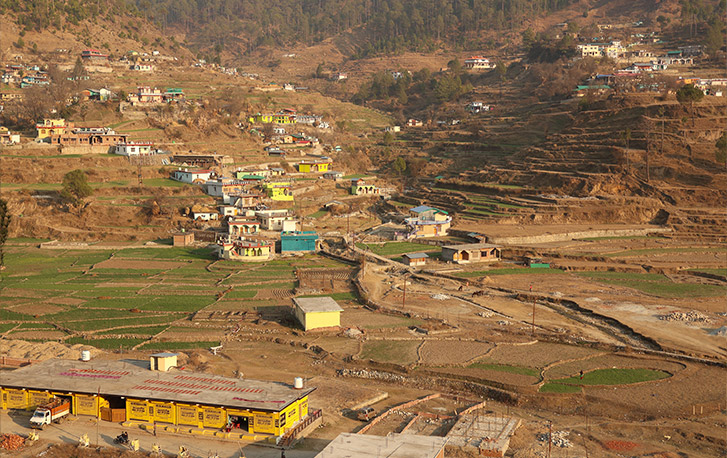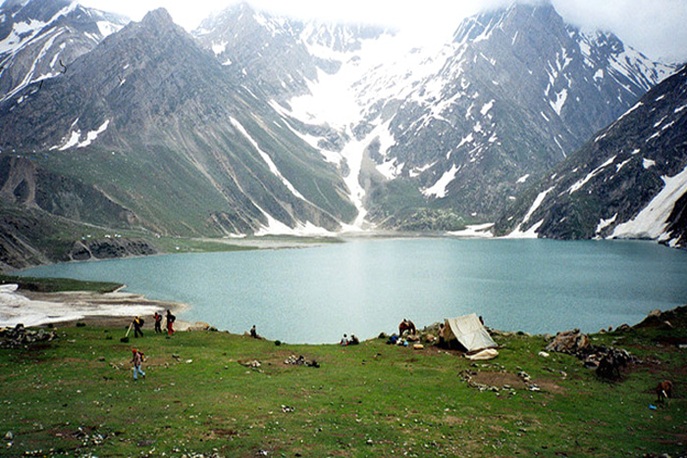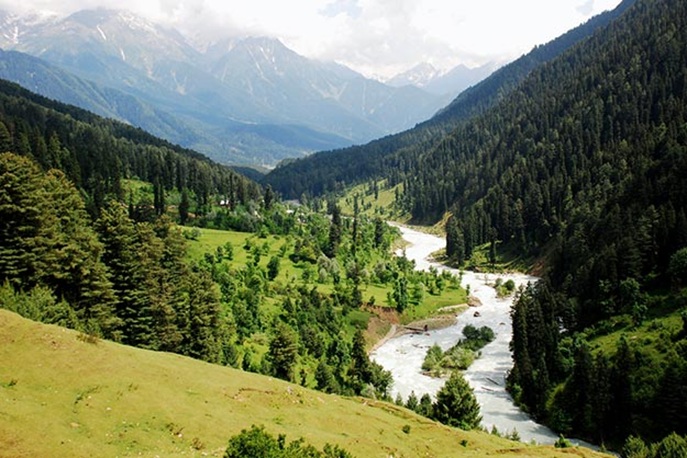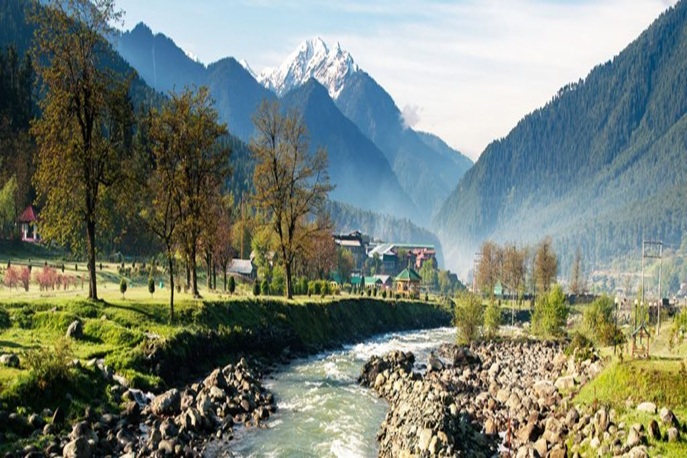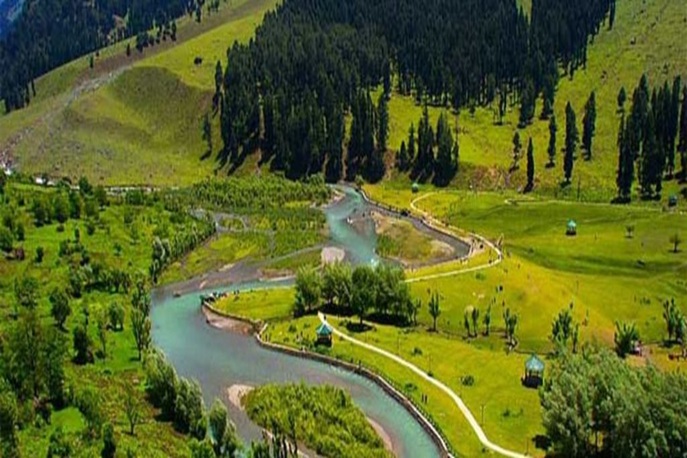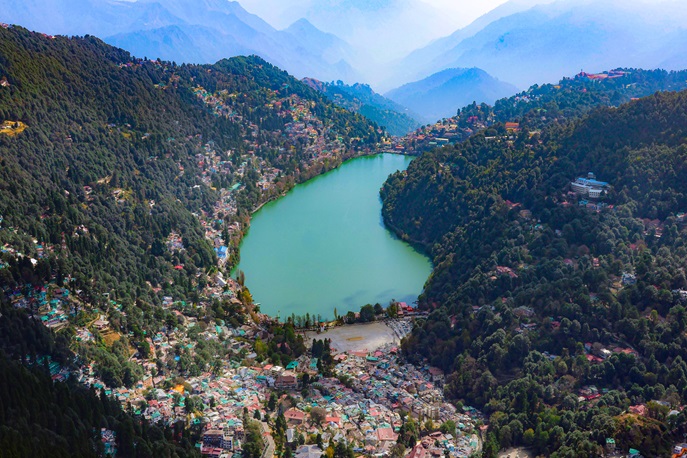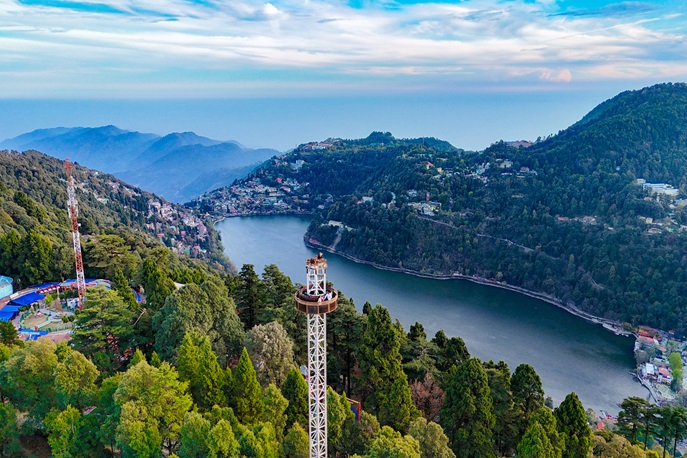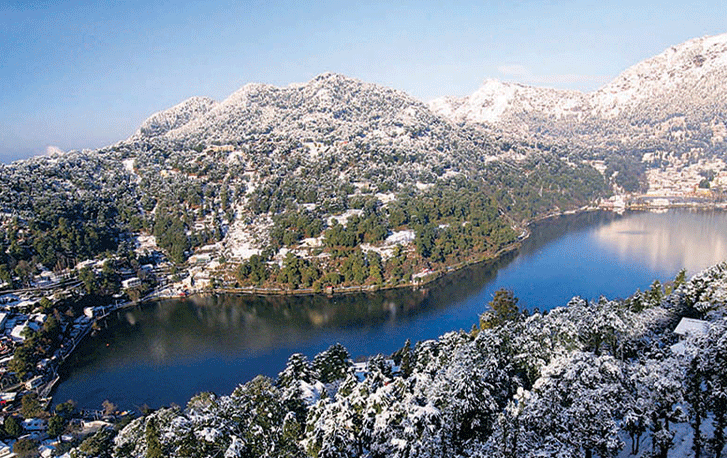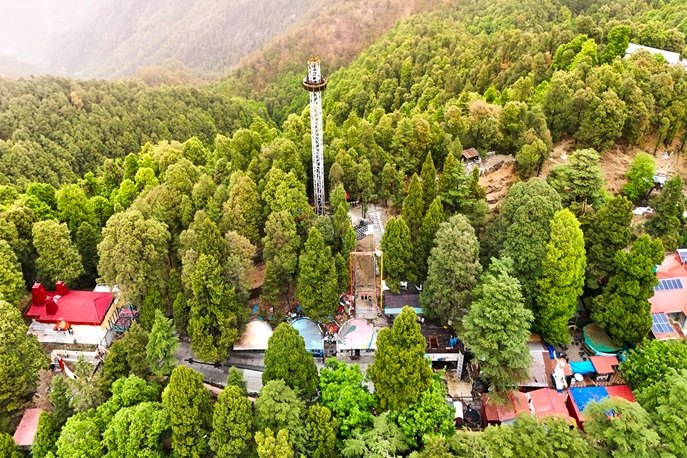Chamoli District

About
Chamoli is one of the 13 districts of Uttarakhand, renowned as the “Abode of God”. It is home to many ancient temples, attracting a multitude of devotees round the year. Situated around 254 km from Dehradun, it can be easily accessed by road. Badrinath, Valley of flowers and Sapta Badri are some of its prominent places that draw a number of devotees and travellers. Additionally, Auli and Hemkund Sahib add to the natural beauty of Chamoli.
Nestled amidst lush green and snow covered mountains, it offers a scintillating view of the surrounding. Its serenity, clean atmosphere and breathtaking landscapes can spellbound anybody. Established in the year 1960, the district was initially the part of Pauri Garhwal but later it was separated from it and formed a new district. With 12 tehsil, 9 subdivision blocks, 607 gram panchayat and 39 nyay panchayat, Chamoli is the largest district of Uttarakhand in terms of area. It holds various prominent places but Badrinath and Gairsain holds special significance. Moreover, Gairsain also serves as the summer capital of Uttarakhand.
Perched at an altitude from 800 mts to 8000 mts., the district had pleasant and cool weather throughout the year. Most of its high altitude areas receive heavy snowfall, which covers the mountain in white blanket. Its religious and tourist places draw visitors from far and wide. During Char Dham Yatra, the district receives a huge influx of pilgrims and travellers. Being known as the abode of God, Chamoli has a rich religious history that makes it stand out from others.
As per the legends, Lord Ganesha wrote the first script of Vedas in Vyas Gufa, located around one km from Badrinath in Mana village. Chamoli is linked with many ancient histories. It is the home to Vedic rishi Atri Muni Ashram in Anusya and Rishi Kashyap ashram at Gandhamadan Parvat near Badrinath. As mentioned in the Aadi Puran, Ved Vyasa wrote the story of Mahabharat in Vyas Gufa which is located near Badrinath, while Pandukeshwar is considered as the Tapasthali of King Pandu.
In Kedar Khand Puran, Chamoli is regarded as the place of Lord Shiva. The history of Garhwal dates back to 6 A.D, but evidences like Trishul in the courtyard of Gopinath temple and Lalitpur in Pandukeshwar are some signs that its history is even older. Chamoli Garhwali is believed to be the place where the Arya race was started.
Chamoli history tells us that, district was ruled by many rulers. In 300 B.C Khasa people invaded the place from Kashmir to Nepal and Kumaun. Thereafter they defeated native to capture their forts. However, their reign didn't last long and they were defeated by Kshatiya, who were the founders of Katyuri dynasty. Katyuri reigned in the Garhwal and Kumaon region for years and during this period Adi Shankaracharya visited this place and established Jyotirmath.
In the early 1800s the region was under the control of Gorkha rule. But the Panwar dynasty king Raja Sudarshan Shah, with the help of East India company defeated them and merged the eastern part of Garhwal with Srinagar and the region was known as British Garhwal. After forming a new region, the British moved their capital to Tehri instead of Srinagar. Like other regions, Chamoli is known for its rich cultural and religious festivals.
Native inhabitants often celebrate their festivals with great enthusiasm. During the celebration, they wear their traditional clothes and dance to the beat of Dhol and Masakbean. As per the census of 2011, Chamoli population is about 7 lac and most of them are Hindus whose predominant language is Garhwali.
Pandav leela and Nanda Devi Raj Jat are some of their prominent festivals, witnessed by a number of people. Travellers can partake in various adventurous activities such as Stargazing in Benital, Skiing in Auli, and Trekking.
How to reach
Chamoli is situated at a distance of 254 km from Dehradun and is easily accessible by road. Bus, shared taxi, and cab services are readily available from Rishikesh, Haridwar, and Dehradun bus and taxi stand. The nearest railway stations are in Rishikesh and Haridwar located 202 km and 248 km respectively, while the airport is located 222 km away in Dehradun
Best season to visit
Visitors may access the location throughout the year, but February to June and September to December are considered the best times to visit. It is advisable to avoid this place during monsoon season, where you may encounter issues like road blockage and landslides.
Height from sea level
It is located at an altitude of 1,300 meters (approximately), which is around 4,265 feet from sea level.
